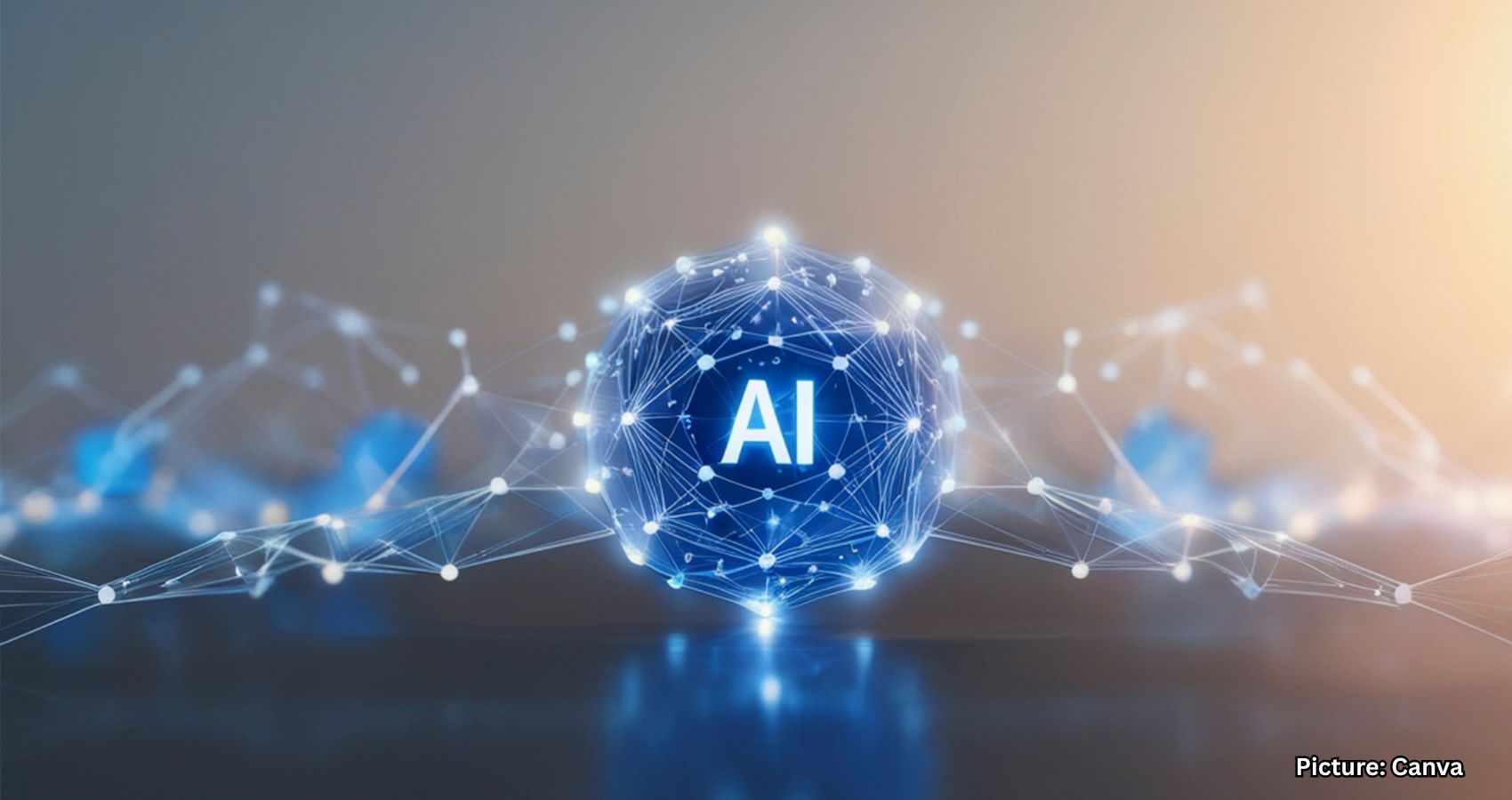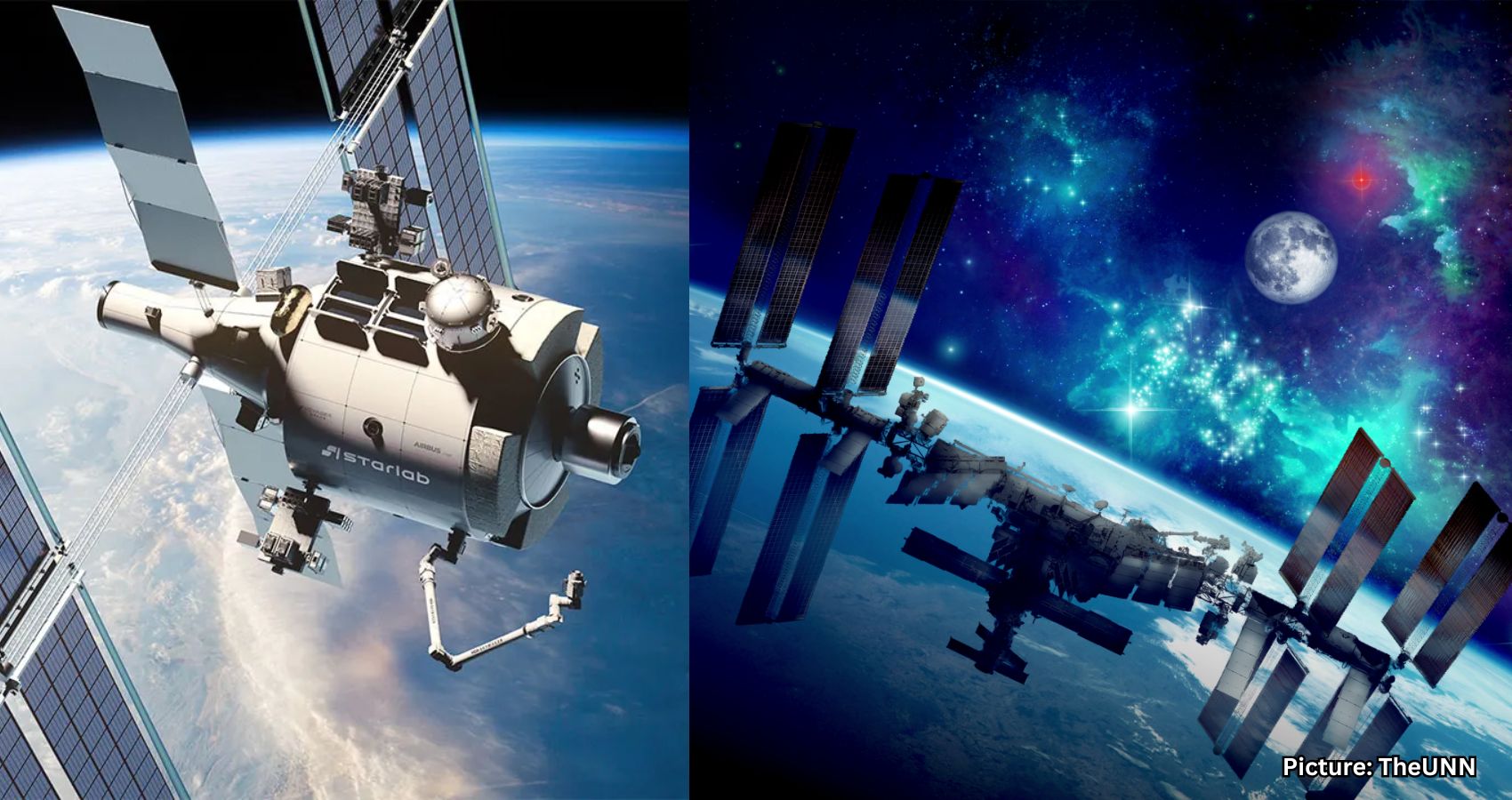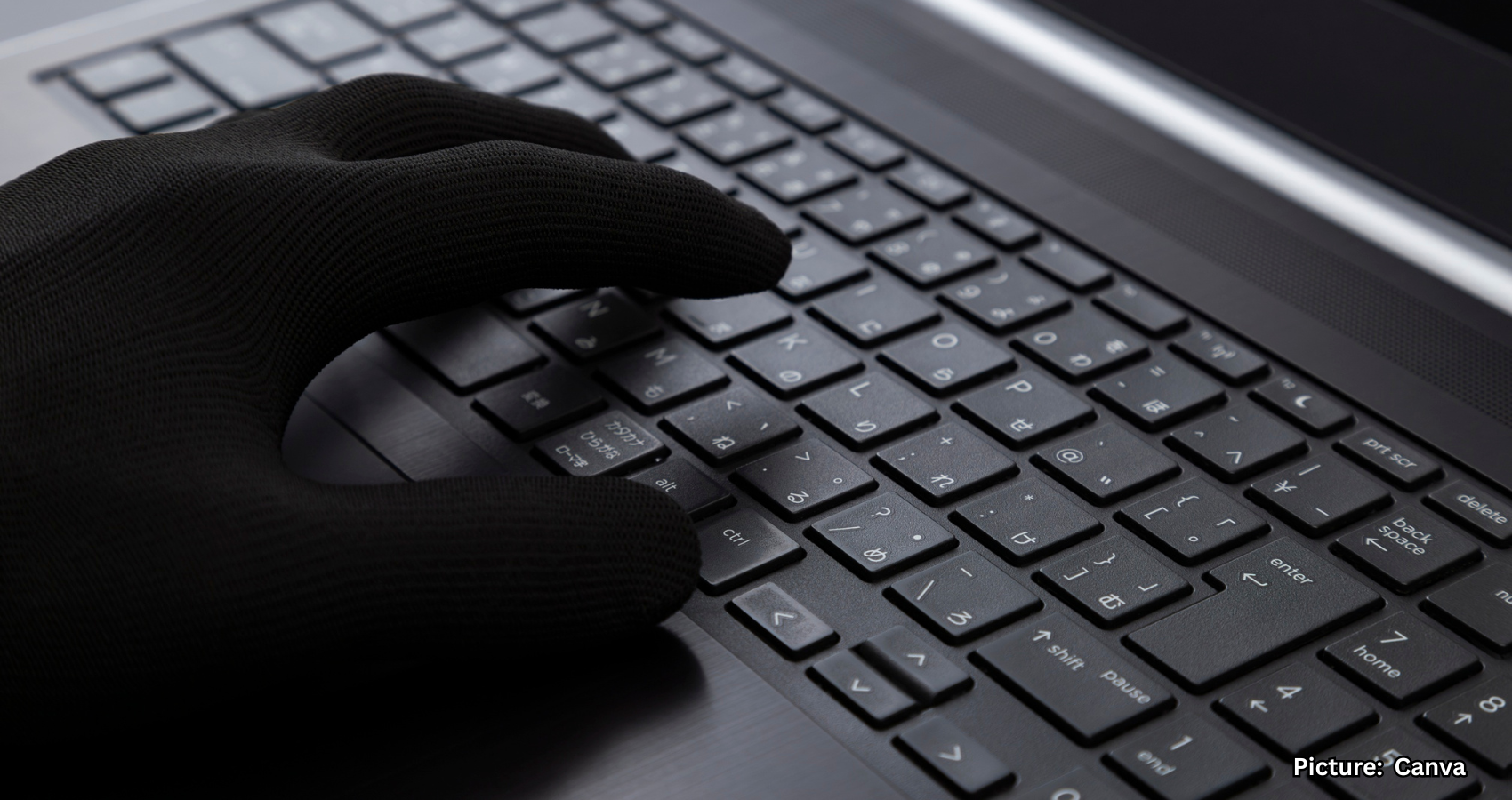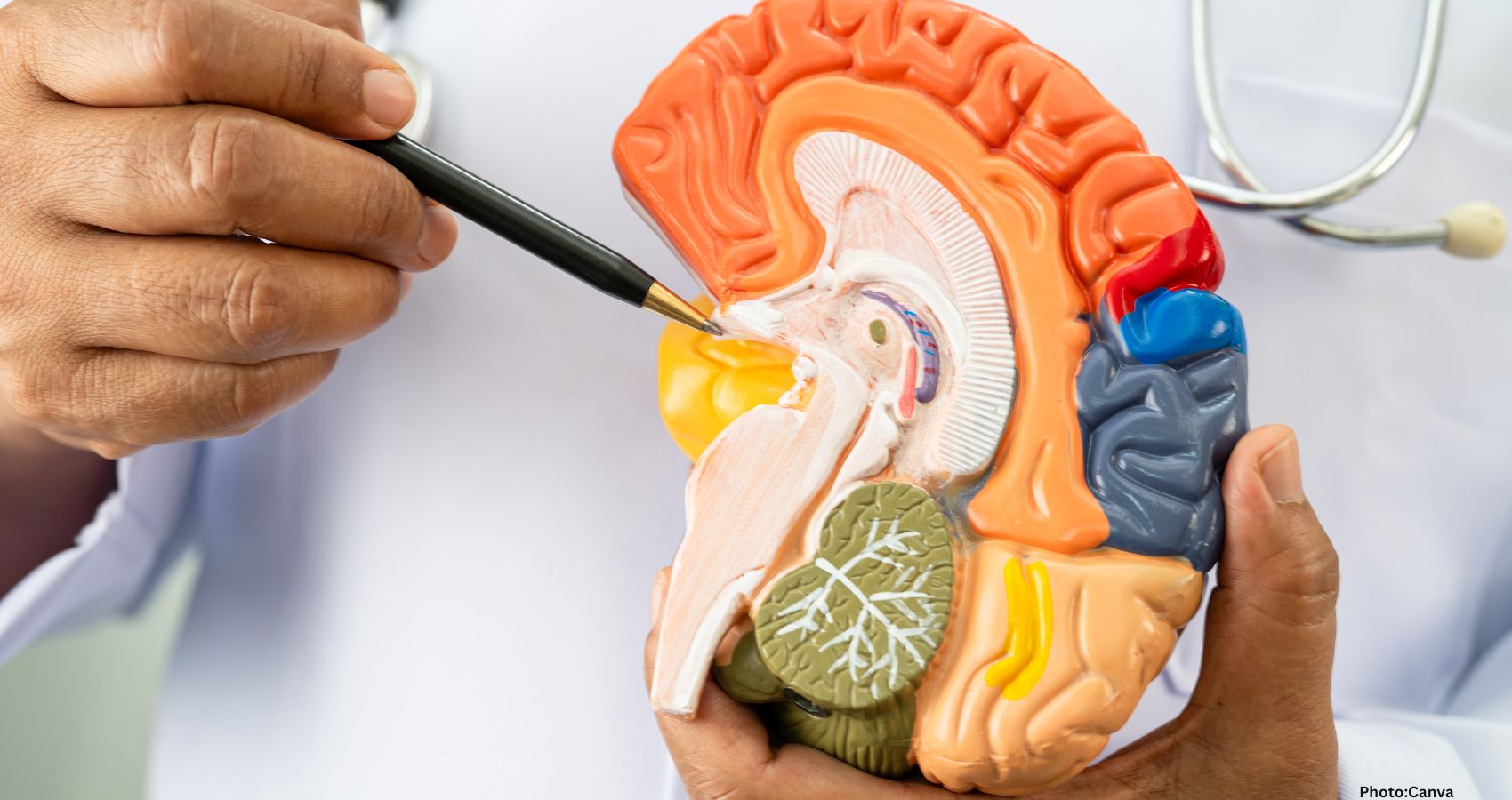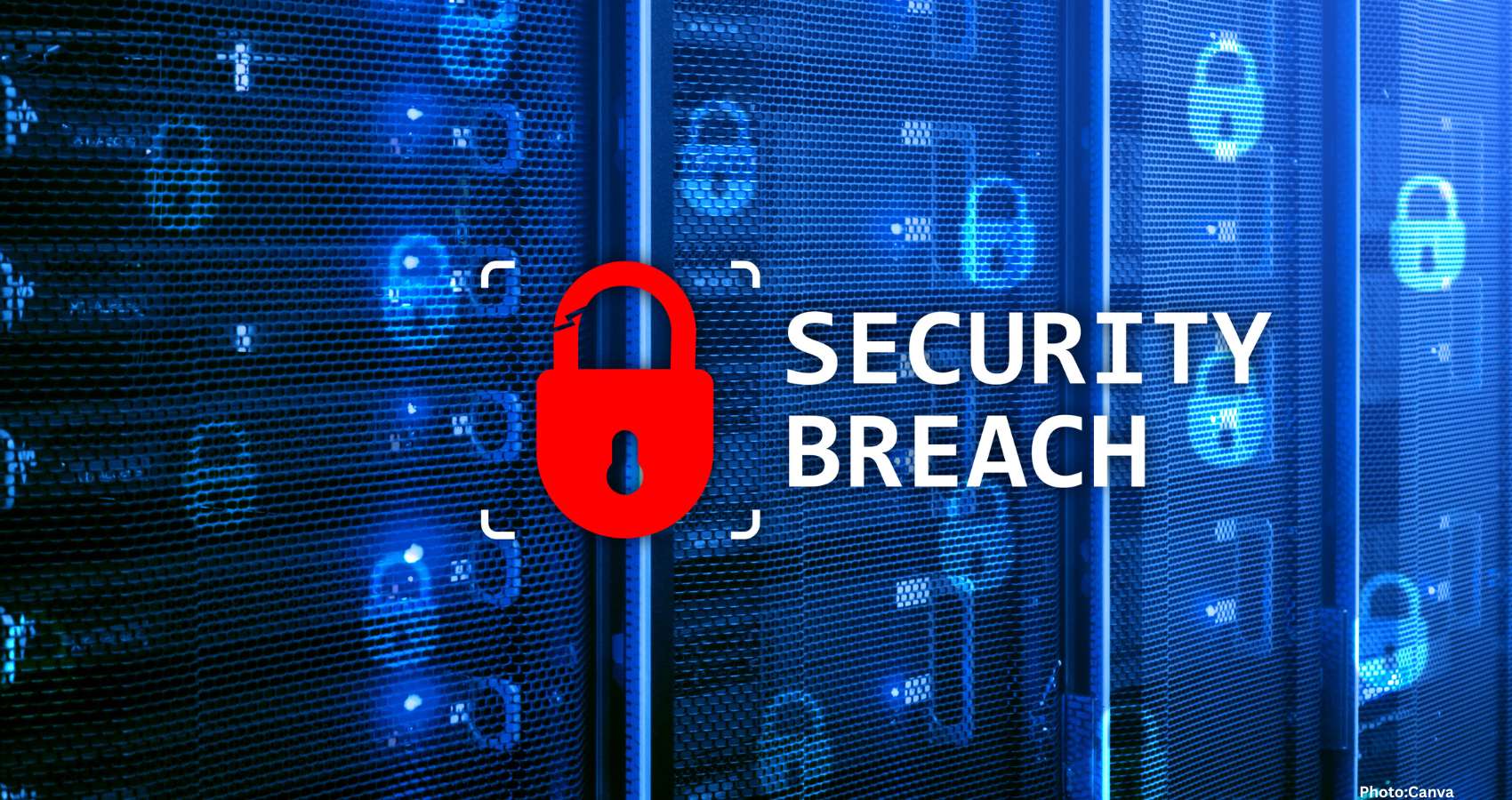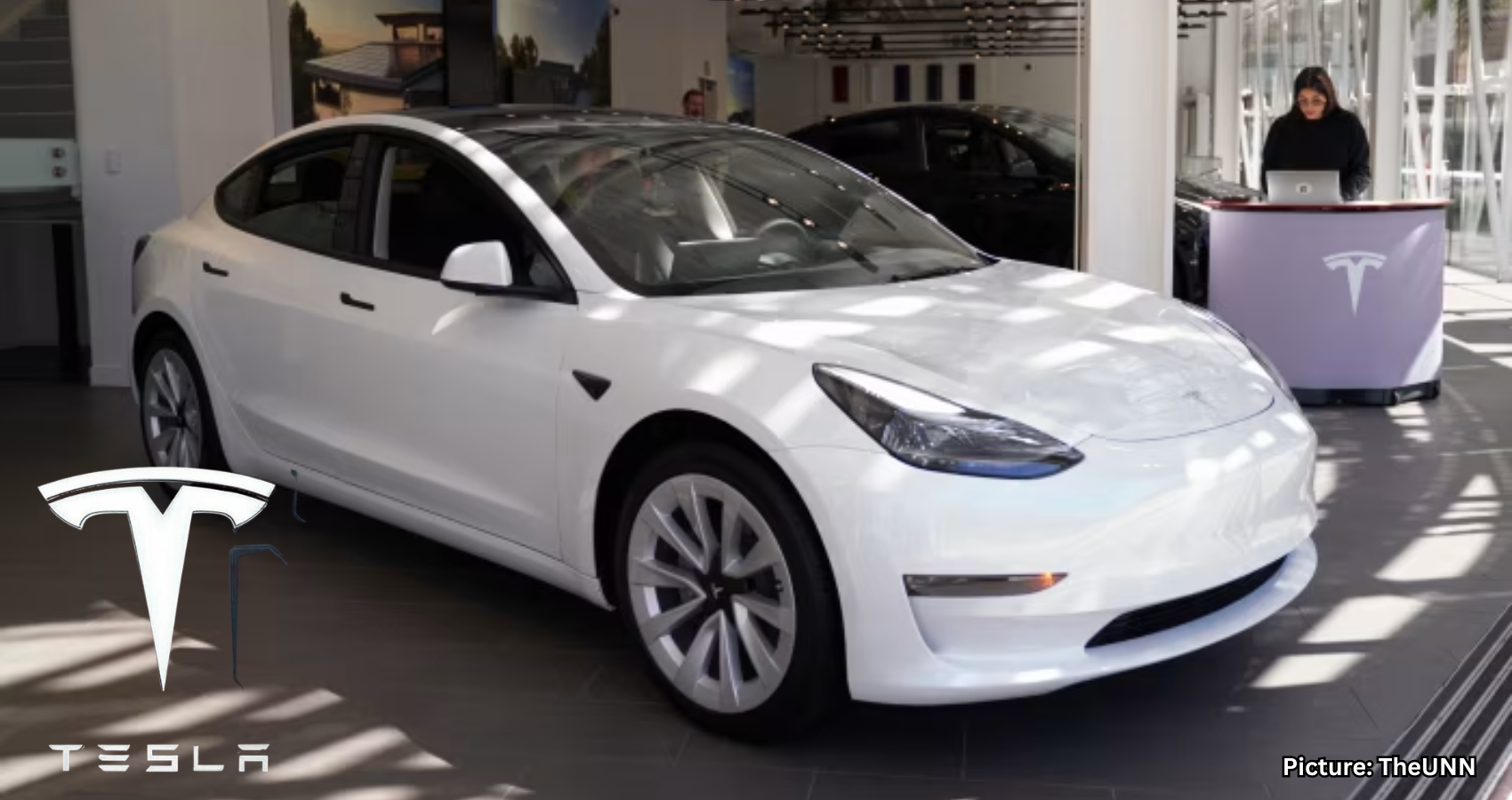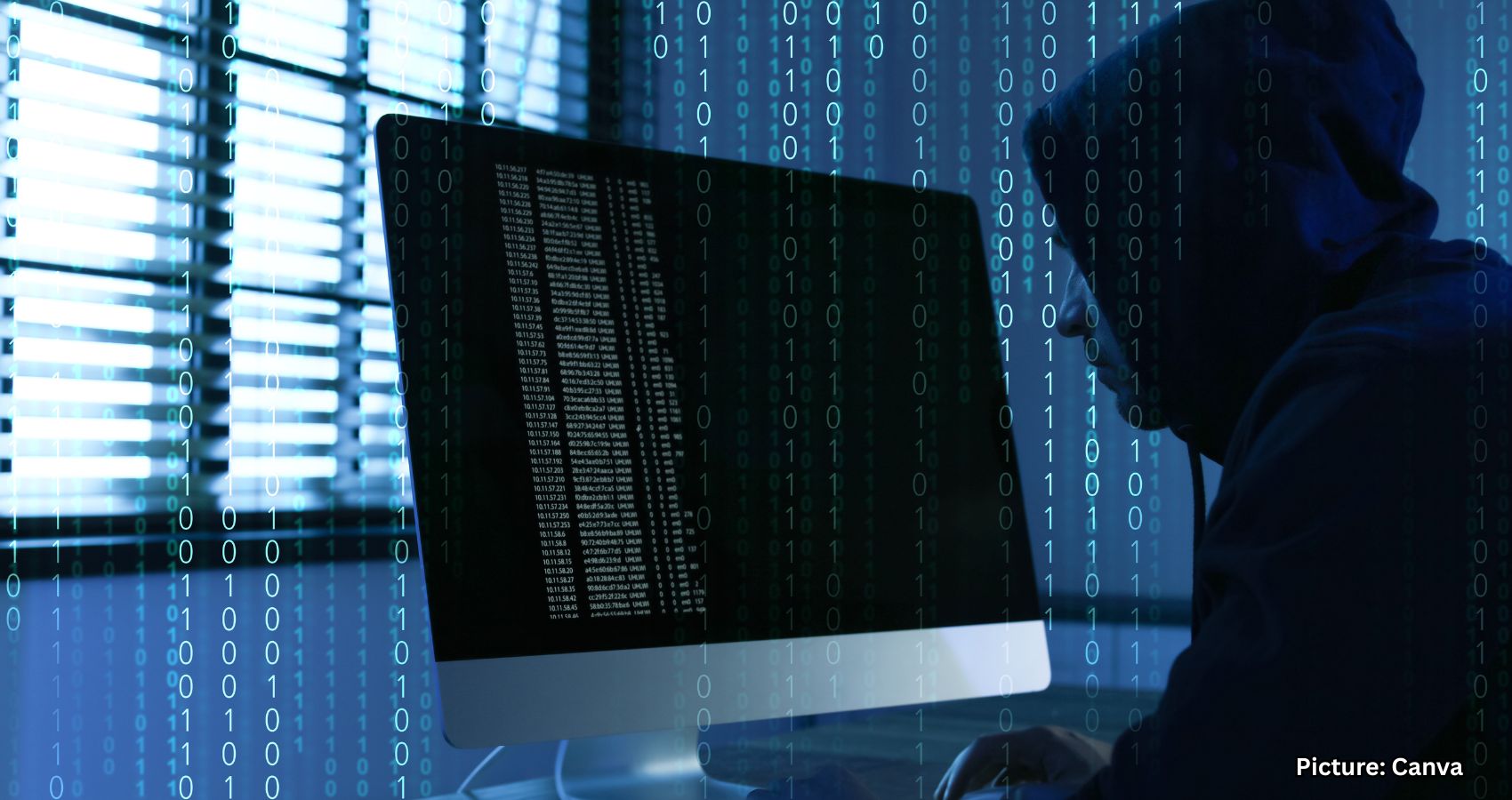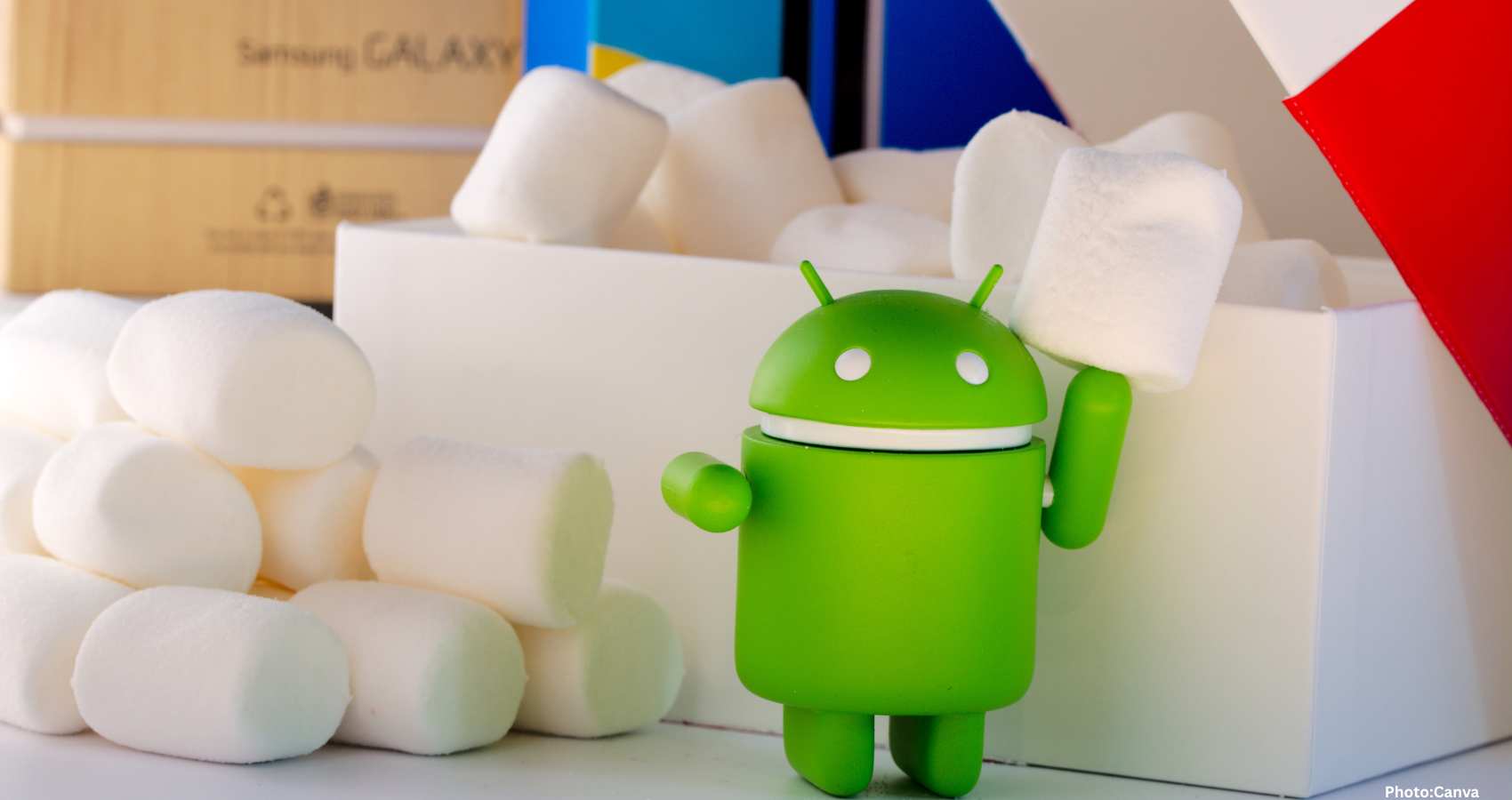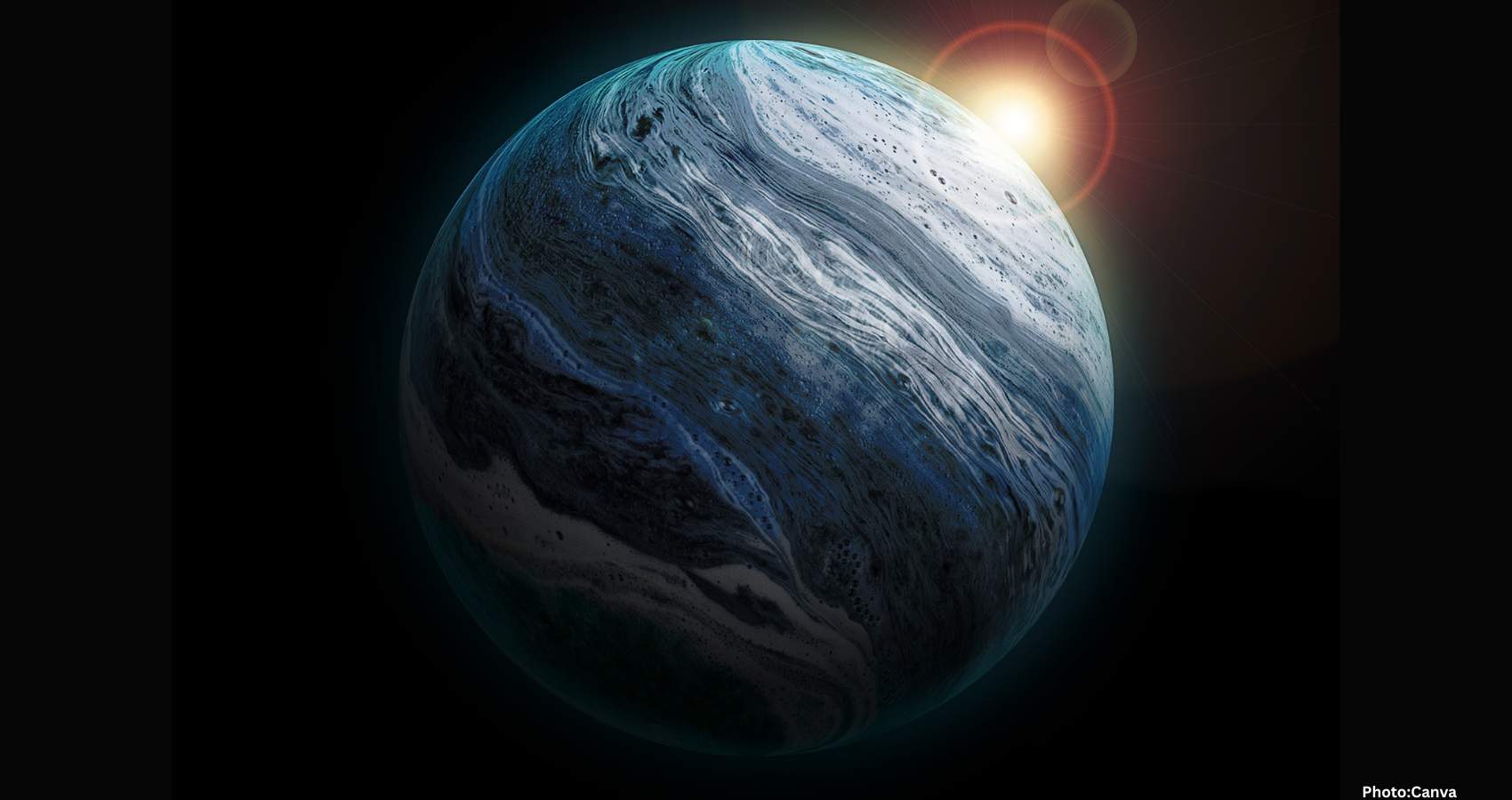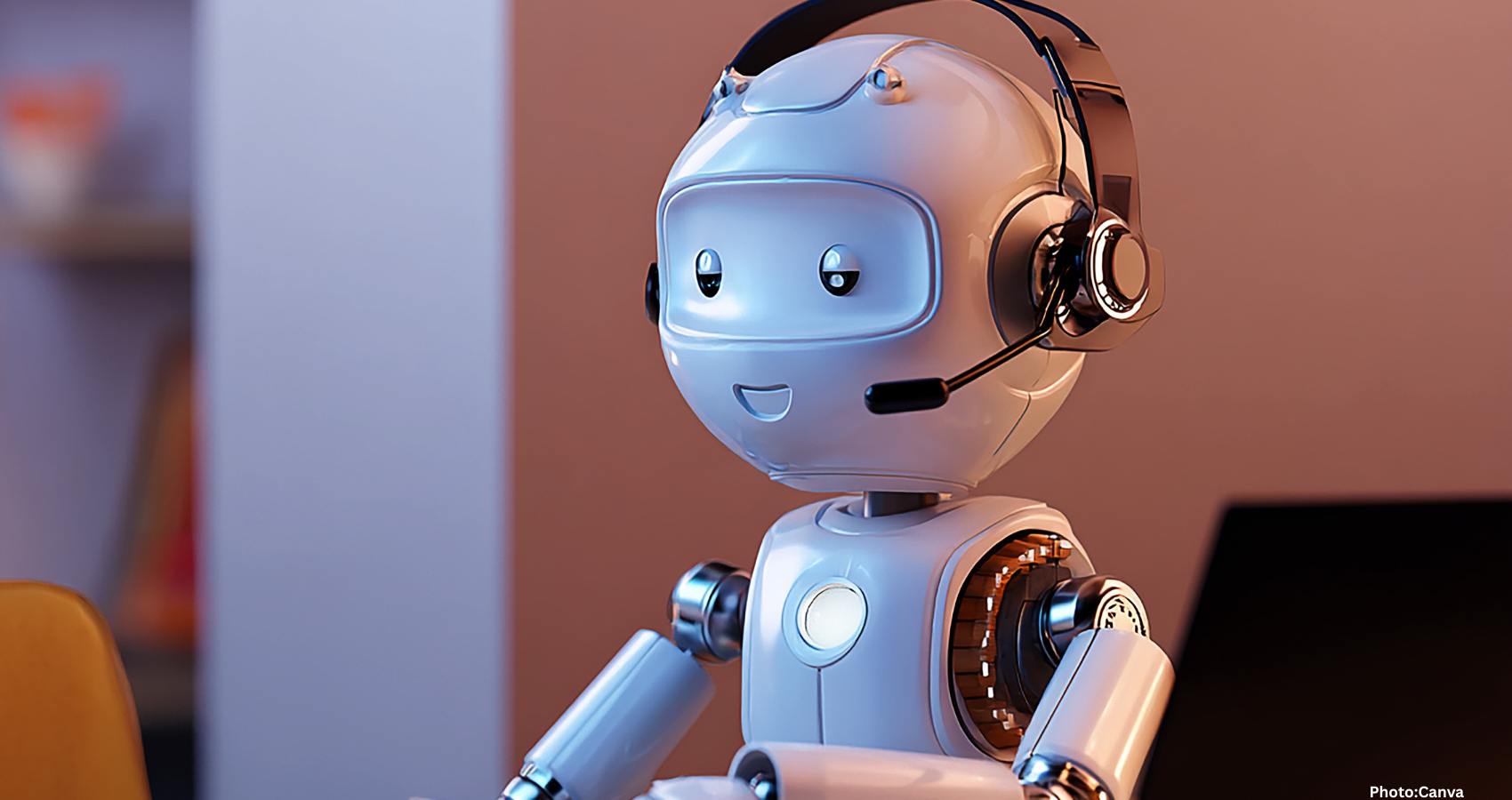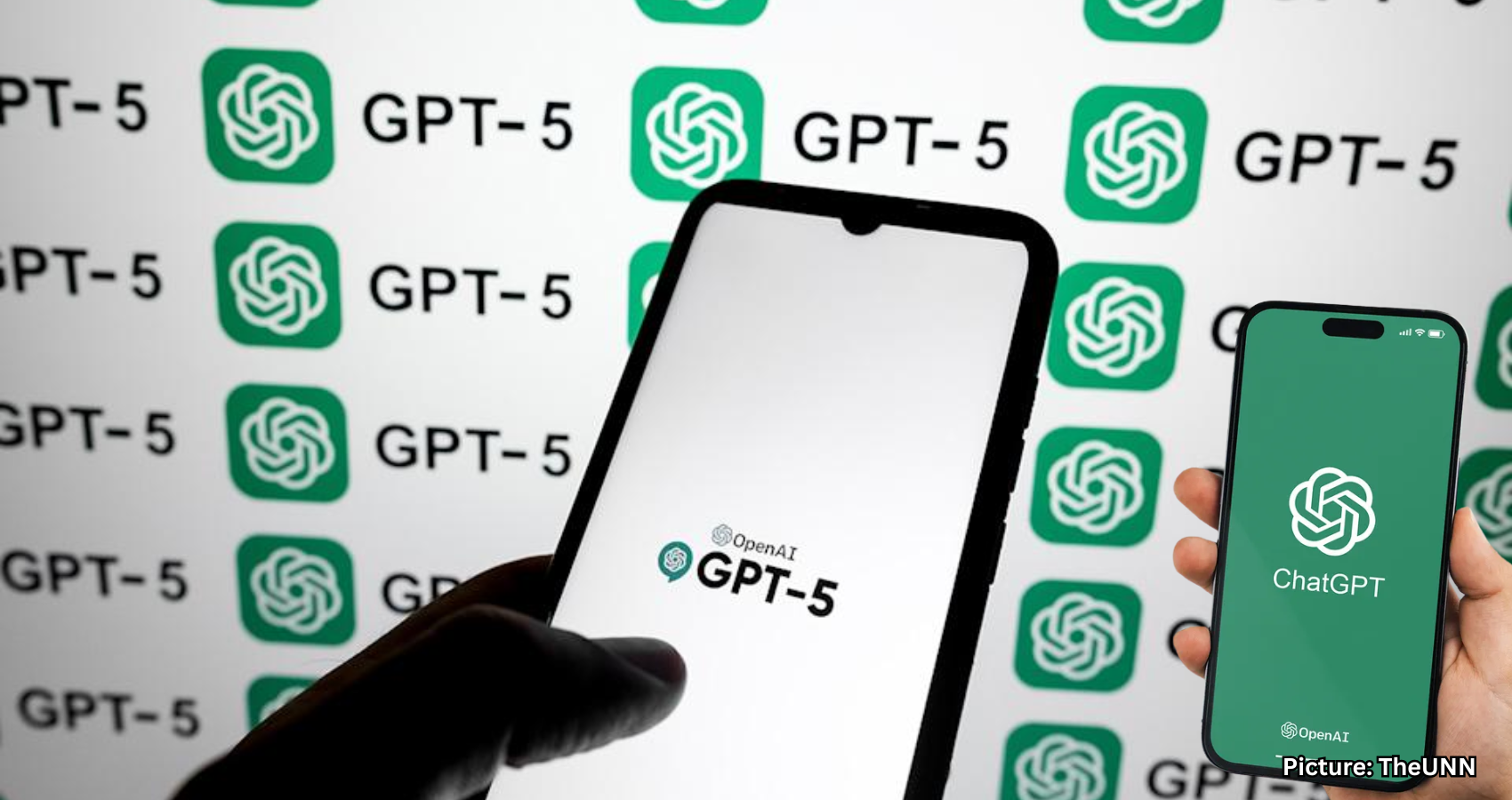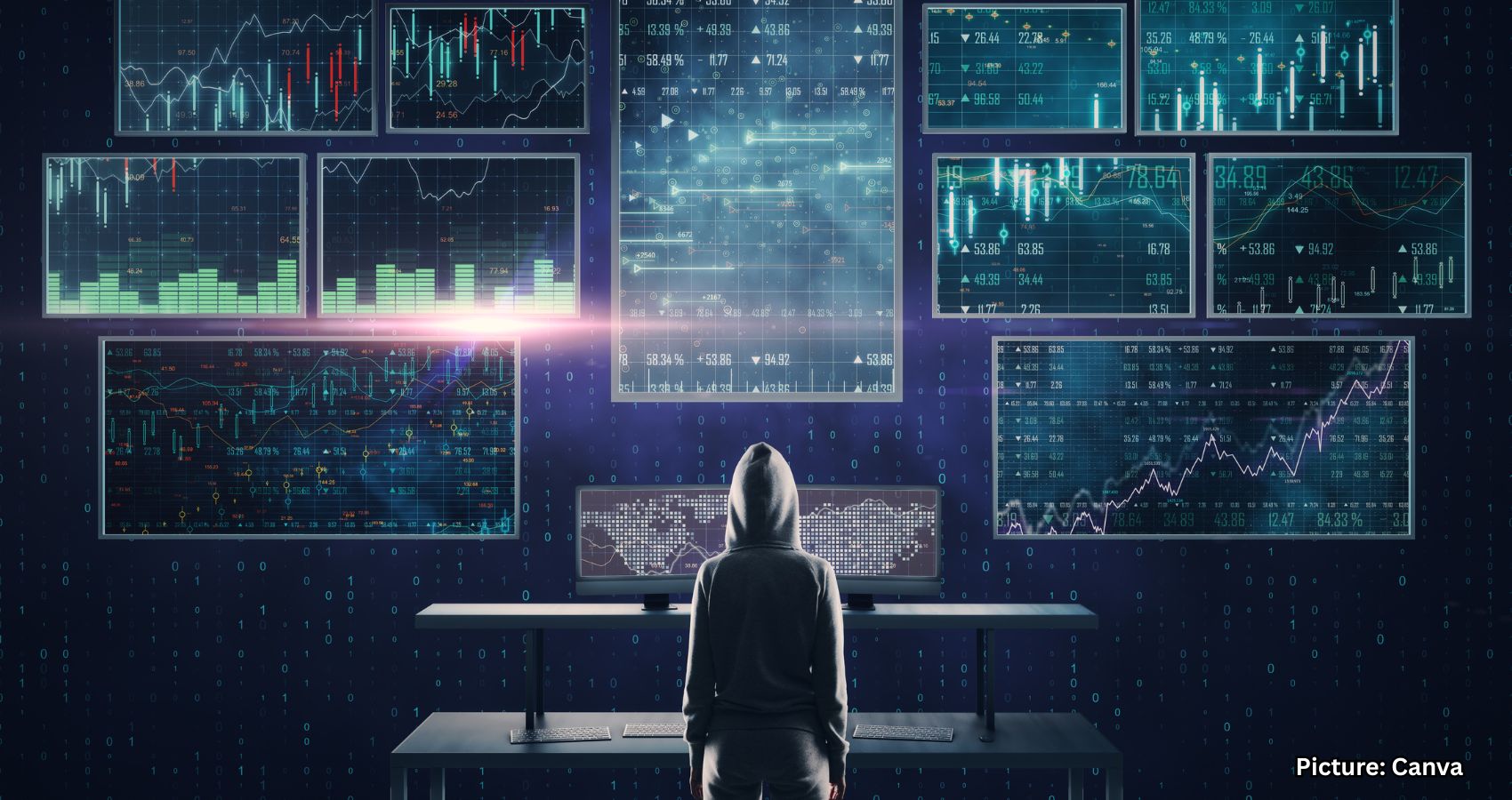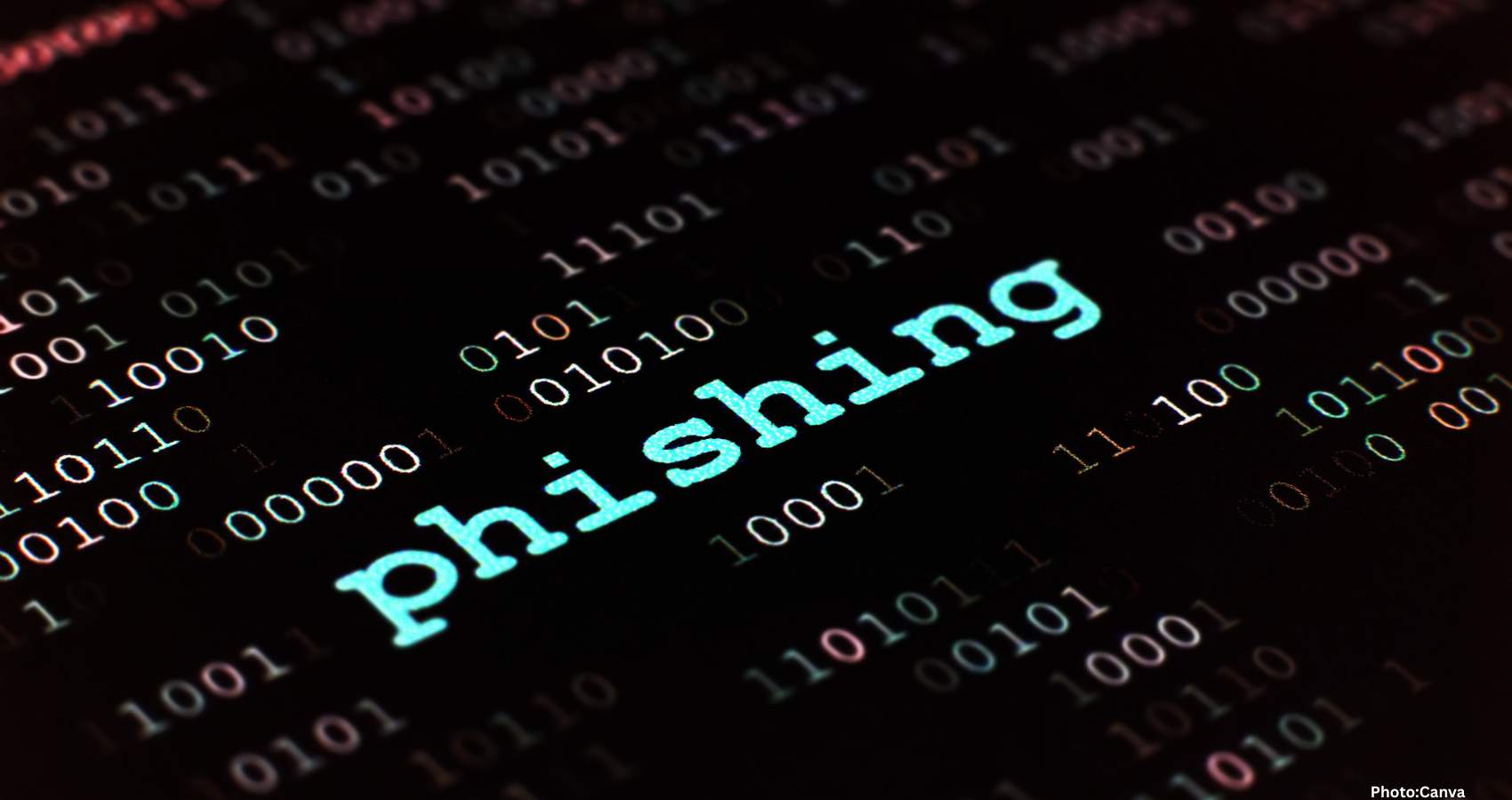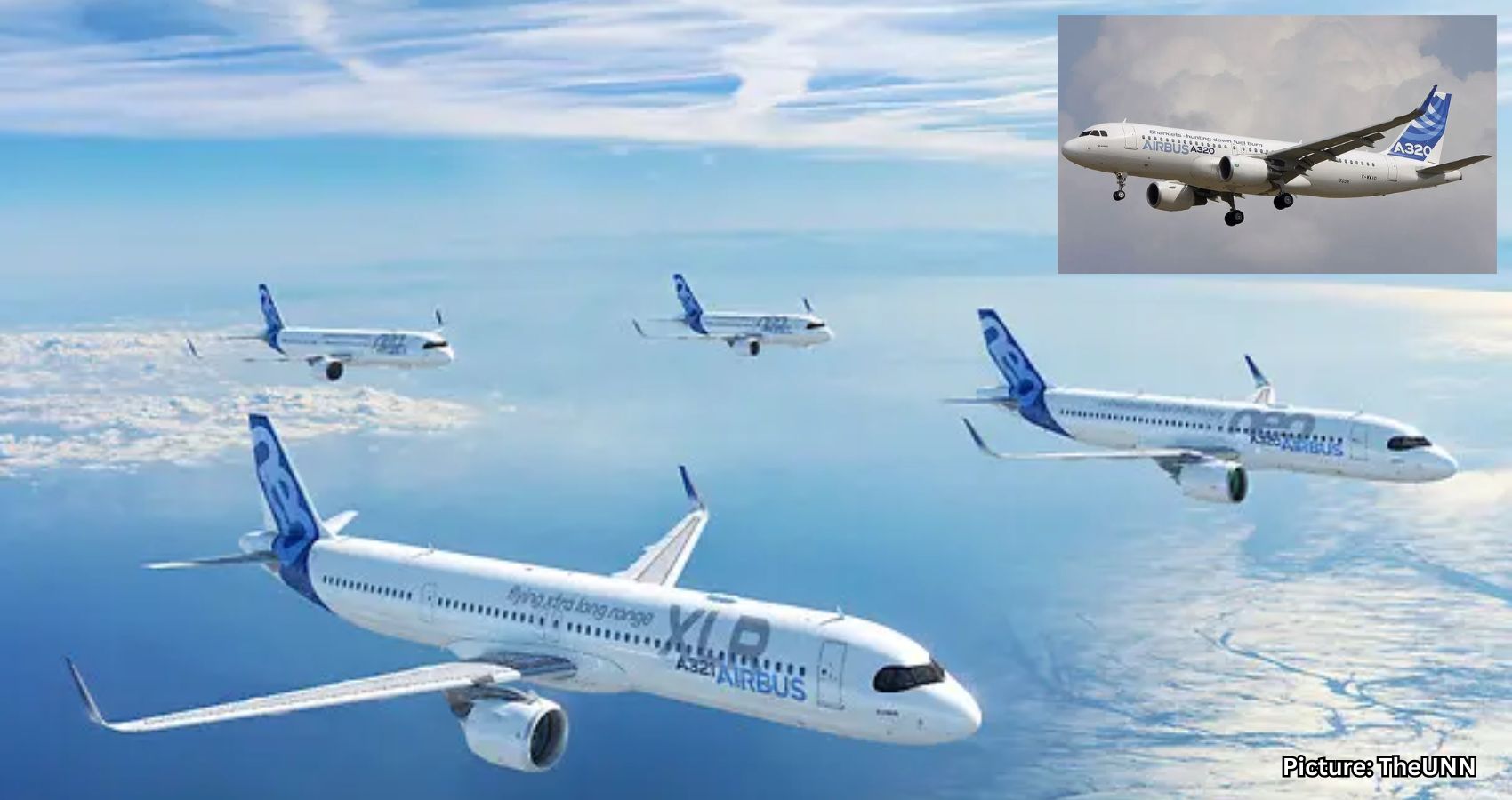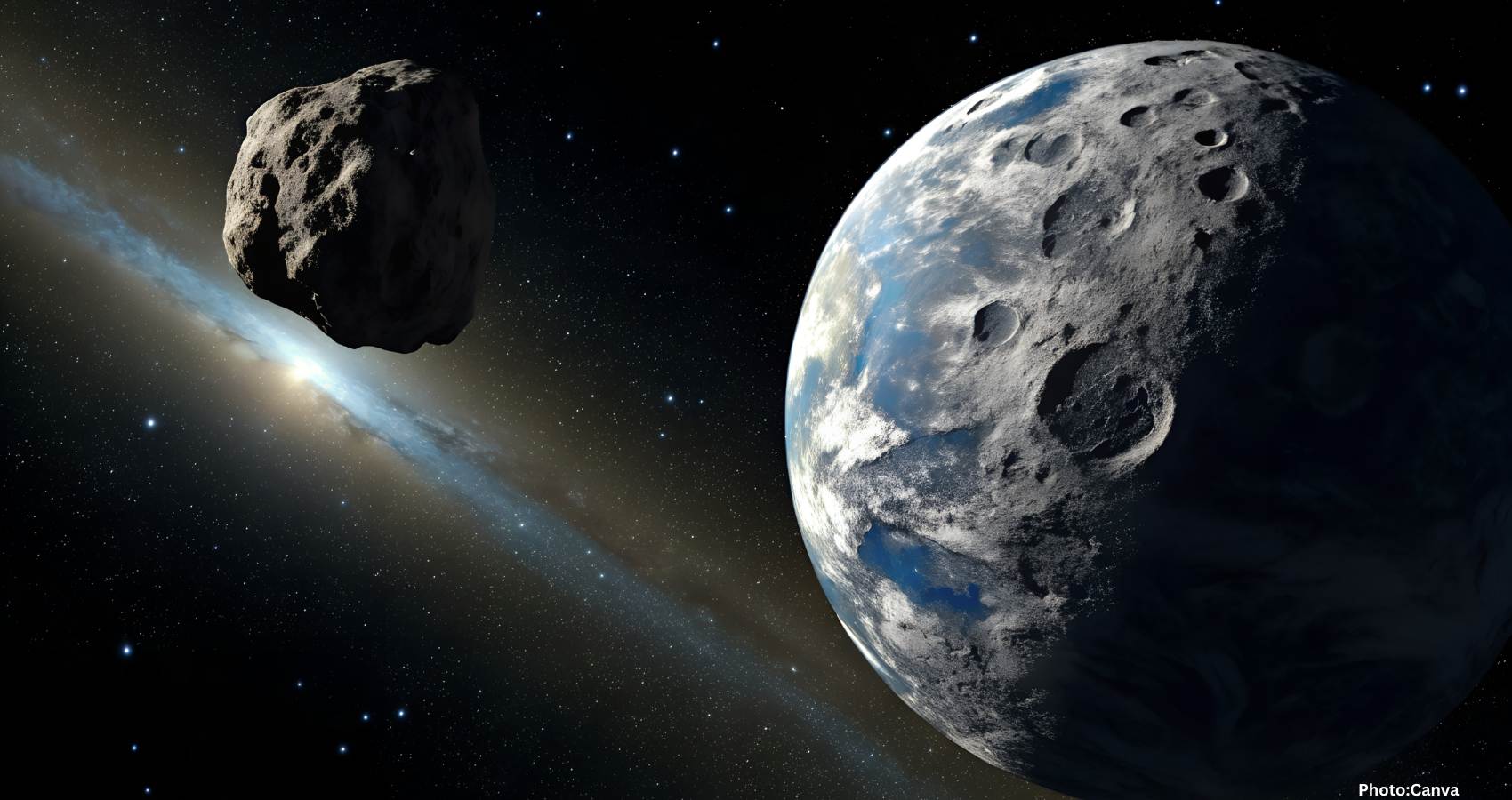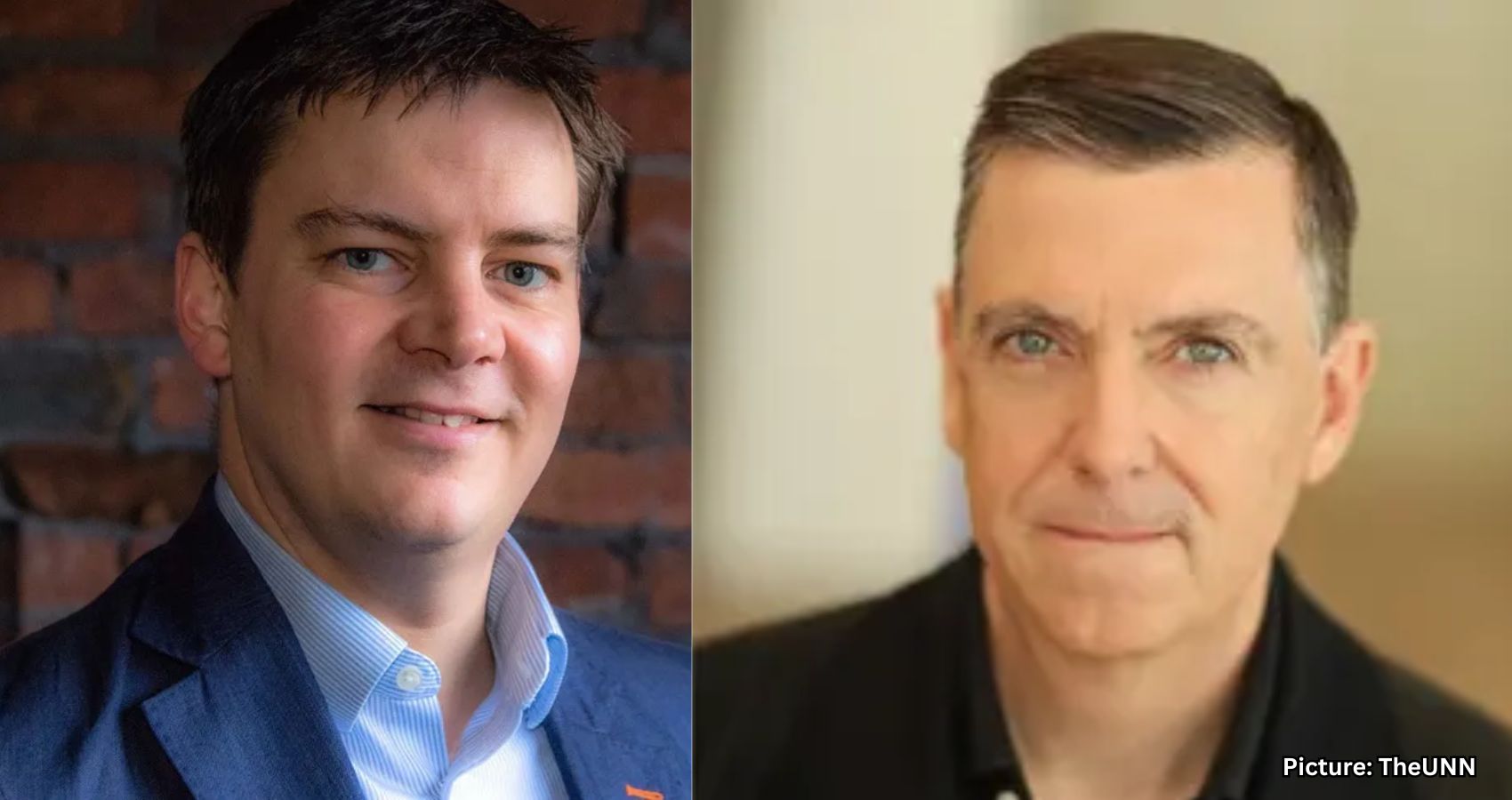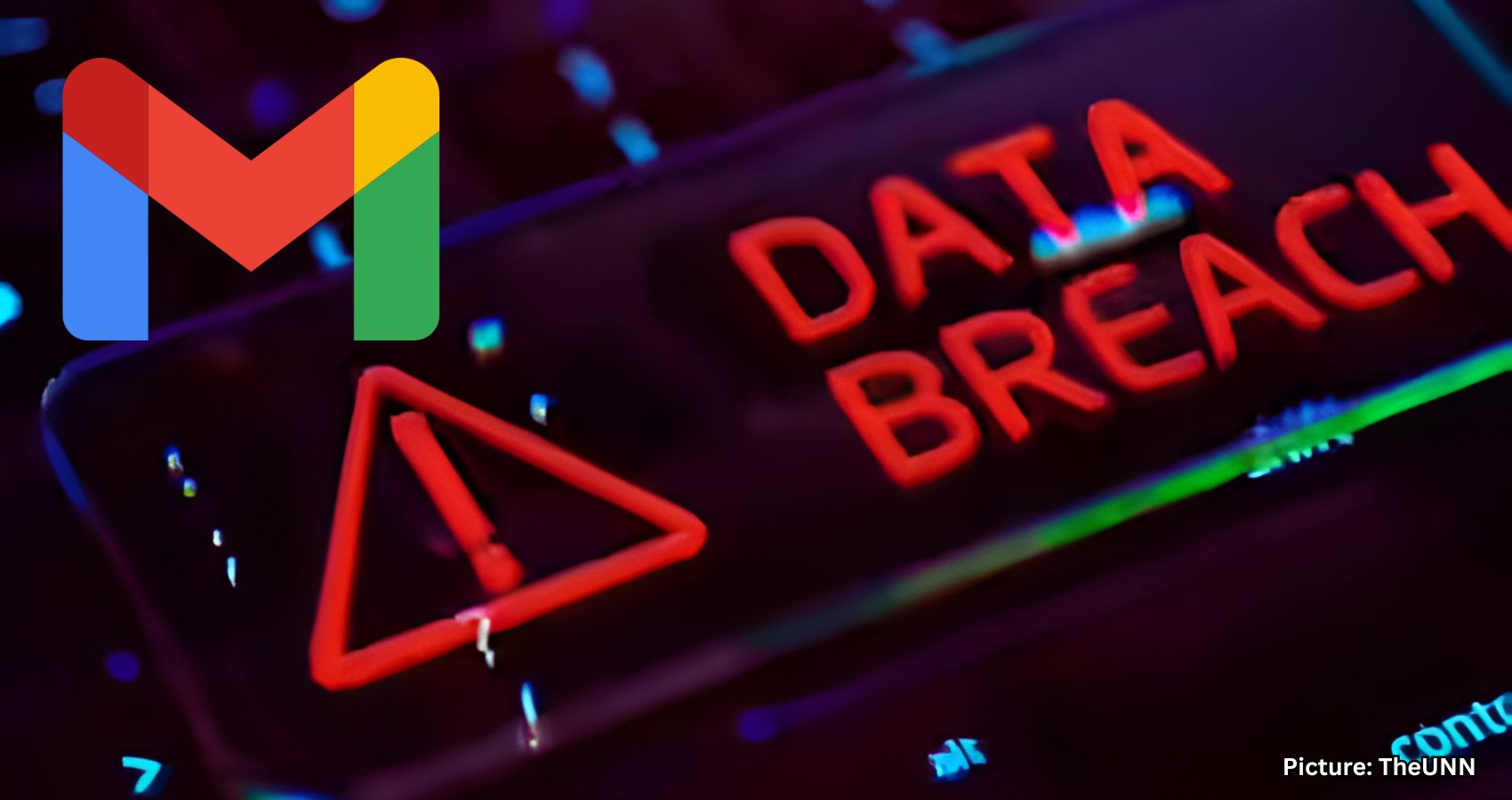January is a crucial month for online privacy, as scammers refresh their target lists, making it the ideal time to remove personal data from the internet.
As the new year begins, many people take the opportunity to reset their lives—setting new goals, organizing their spaces, and cleaning out their inboxes. However, it’s not just individuals who are hitting the reset button; scammers are doing the same, particularly when it comes to personal data.
January marks a significant period for online privacy, as data brokers refresh their profiles and scammers rebuild their target lists. This means that the longer your personal information remains online, the more comprehensive and valuable your profile becomes to those looking to exploit it.
To combat this growing threat, institutions such as the U.S. Department of the Treasury have issued advisories urging individuals to remain vigilant and take proactive measures against data-related scams. By acting early in the year, you can significantly reduce the likelihood of falling victim to scams, lower the risk of identity theft, and limit unwanted exposure throughout the year.
Many people mistakenly believe that outdated information becomes irrelevant over time. Unfortunately, this is not the case with data brokers. These entities do not merely store a static snapshot of who you are; they create dynamic profiles that evolve over time, incorporating new data points such as:
Each year adds another layer to your profile—a new address, a changed phone number, or even a family connection. While a single data point may seem insignificant, together they form a detailed identity profile that scammers can use to impersonate you convincingly. Therefore, delaying action only exacerbates the problem.
Scammers do not target individuals randomly; they work from organized lists. At the start of the year, these lists are refreshed, akin to a spring cleaning for criminals who are preparing to exploit identities for the next twelve months. Once your profile is flagged as responsive or profitable, it often remains in circulation.
Removing your data early is not just about preventing immediate scams; it is about disrupting the supply chain that fuels these criminal activities. When your information is eliminated from data broker databases, it has a compounding effect. The fewer lists you appear on in January, the less likely your data will be reused, resold, or recycled throughout the year. This is why it is essential to address data exposure proactively rather than reactively.
January is particularly critical for retirees and families, who are often more susceptible to fraud, scams, and other crimes. Scammers are aware of this and prioritize households with established financial histories early in the year.
Many individuals attempt to start fresh in January by taking various steps, such as:
While these actions are beneficial, they do not eliminate your data from broker databases. Credit monitoring services can alert you after a problem has occurred, password changes do not affect public profiles, and unsubscribing does not prevent data resale. If your personal information remains in numerous databases, scammers can easily locate you.
If you want to minimize scam attempts throughout the year, the most effective strategy is to remove your personal data at the source. You can achieve this in one of two ways: by submitting removal requests yourself or by employing a professional data removal service to handle the process for you.
Manually removing your data involves identifying dozens or even hundreds of data broker websites, locating their opt-out forms, and submitting removal requests one by one. This method requires verifying your identity, tracking responses, and repeating the process whenever your information resurfaces. While effective, it demands considerable time, organization, and ongoing follow-up.
On the other hand, a data removal service can manage this process on your behalf. These services typically:
Given the sensitive nature of personal information, it is crucial to select a data removal service that adheres to strict security standards and employs verified removal methods. While no service can guarantee complete removal of your data from the internet, utilizing a data removal service is a prudent choice. Although these services may come at a cost, they handle the work for you by actively monitoring and systematically erasing your personal information from numerous websites. This approach provides peace of mind and has proven to be the most effective way to safeguard your personal data.
By limiting the information available online, you reduce the risk of scammers cross-referencing data from breaches with information they may find on the dark web, making it more challenging for them to target you.
As January unfolds, it is essential to recognize that scammers do not wait for mistakes; they wait for exposed data. This month is when profiles are refreshed, lists are rebuilt, and targets are selected for the year ahead. The longer your personal information remains online, the more complete—and dangerous—your digital profile becomes.
The good news is that you can break this cycle. Removing your data now can reduce scam attempts, protect your identity, and lead to a quieter, safer year ahead. If you are going to make one privacy move this year, make it early—and make it count.
Have you ever been surprised by how much of your personal information was already online? Share your experiences with us at Cyberguy.com.
For more information on data removal services and to check if your personal information is already available online, visit Cyberguy.com.
According to CyberGuy.com, taking proactive steps in January can significantly enhance your online privacy and security.











